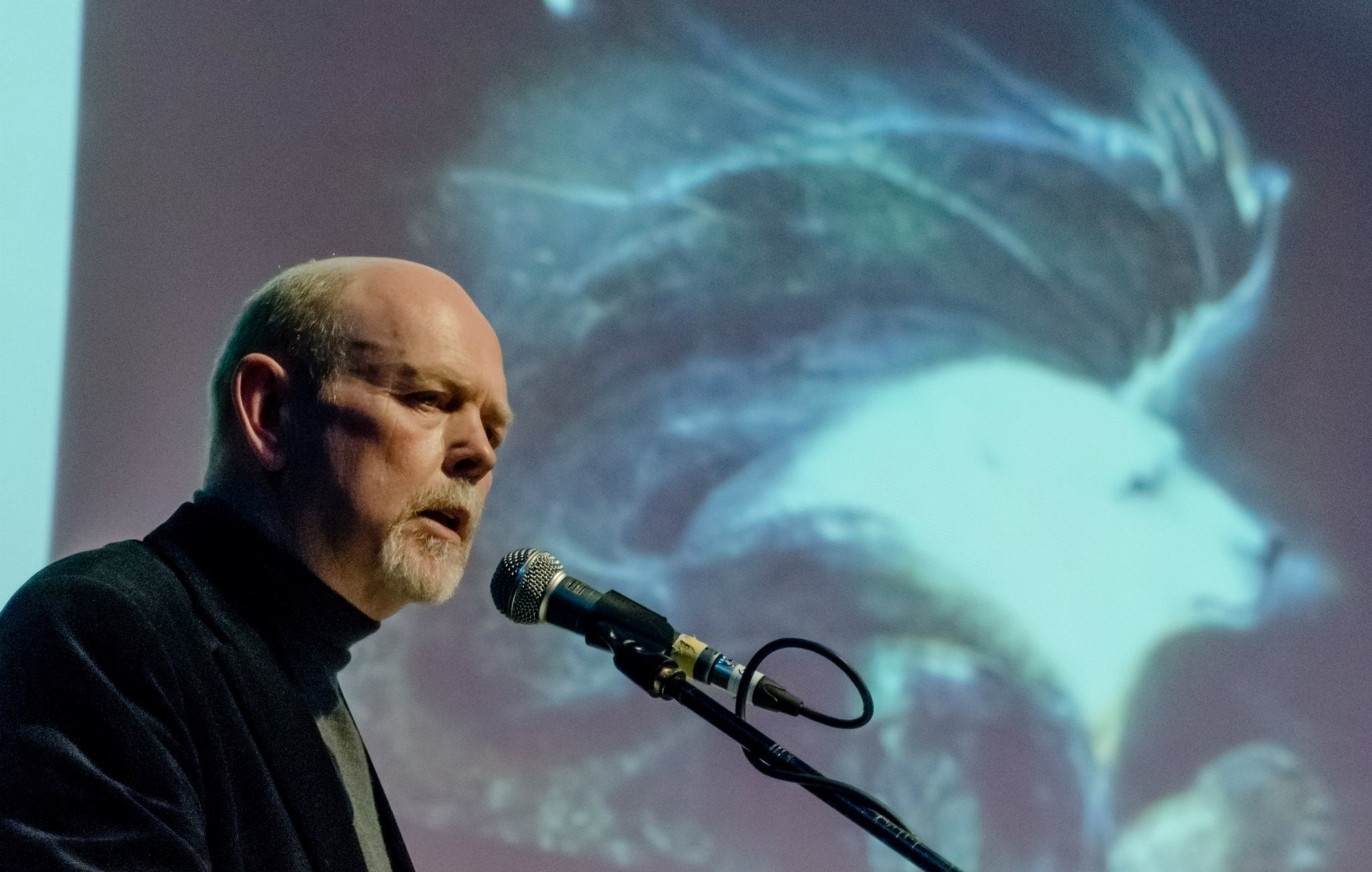For our Autumn 2019 issue, we were thrilled to interview shamanic healer Martin Duffy about healing, what shamanic journeying is, plant medicines and more. An extract of the article is below!
Journeying to Wholeness
We interview shamanic healer Martin Duffy
Interviewer: Paul Congdon
Can you tell us a bit about your background and what type of work you’re exploring right now?
I came from a family of traditional folk healers, and I was brought up with that whole idea of mythology and the other world, the fairies, that magical, enchanted, sense of nature. I went on to train as a psychiatric nurse, but I didn’t like the bio-medical model: reducing people to symptoms and diagnosis. So I trained in humanistic psychotherapy, then synchronistically discovered Carl Jung and the study of astrology. I was blown away by Stan Grof’s work, and I trained with him in Holotropic Breathwork. I also trained in shamanism with Mongolian shamans, went to South America and South Africa, and that led me to what I’m doing now, which is running Dunderry Park, training others in shamanism and Transpersonal Psychology. What really excites me is helping others to journey into their inner realms, whether it be through shamanic journeying, breathwork, or sweat lodge.
I wanted to ask you about the role of shamanism in all of this. For people who don’t understand shamanism: what is it?
In indigenous cultures, a shaman was addressed as such by the community because of who they were. They were generally a very sensitive person, who had a sense of the other world from an early age, could communicate with non-ordinary reality, and had a deep sense of connection to nature. It amuses me when people think you can go off to a weekend workshop and become a shaman. In indigenous cultures, it’s the last thing these people ever wanted. It’s the journey of the wounded healer: you’ve got to go into the depths of the shadows, into the underworld, and confront the very things within yourself that you don’t want to look at. Heal it – or work on healing it – and only then can you come out of that place and help and guide others. You, as the practitioner, don’t do the healing for other people. You facilitate the inner healer within the person.
To read the full article, just pick up your copy of the Autumn 2019 issue today.


